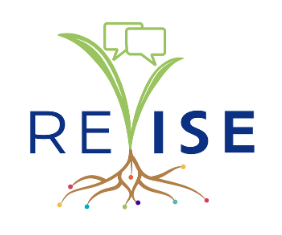June 1st, 2021 | RESEARCH
This brief shares youth development insights from a museum-based, informal science learning program that uses STEM as a tool for social justice. Key to the success of this program were young people and adults feeling at home in a welcoming, diverse, and inclusive space; activities that focused on connecting and relationships; a holistically supportive space that attended to family and personal needs; shared norms for conversation and expectations; and science content grounded in young people’s lives, experiences, and communities as well as work with community members.
These needs were identified as part of the work of STEM Justice: Building Youth Science Capital. This research project was a collaborative, participatory research study of this long-term, out-of-school programming for high-school aged youth under-represented in STEM (including girls, youth of color, and youth from low-income households) at the Kitty Andersen Youth Science Center (KAYSC) of the Science Museum of Minnesota (SMM). Its goal was to better understand, refine, and communicate the KAYSC’s youth development model for its high-school participants (who were also paid staff members).
Document
Youth-Development-Insights.pdf
Team Members
Zdanna King, Author, Science Museum of MinnesotaFunders
Funding Source: NSF
Funding Program: AISL
Award Number: 1612782
Related URLs
STEM Justice: Building Youth Science Capital
Tags
Access and Inclusion: Ethnic | Racial | Low Socioeconomic Status | Women and Girls
Audience: Adults | Evaluators | Learning Researchers | Museum | ISE Professionals | Youth | Teen (up to 17)
Discipline: General STEM
Resource Type: Research Brief | Research Products
Environment Type: Museum and Science Center Programs | Public Programs
